To view any full size image and caption details please click the maroon button below each thumbnail
 The Hayling Island Branch
The Hayling Island Branch
This page provides information and photographs relating to the 4.5 mile long single track closed railway line running between Havant and Hayling Island. The line ran Between the junction station at Havant and South Hayling, as it was then, opening to traffic on the 16th July 1867.
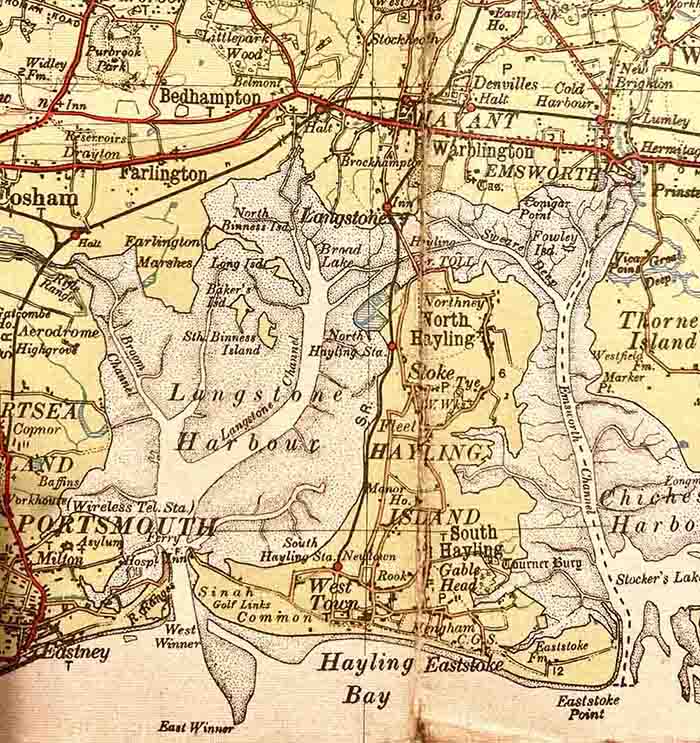
Despite being short in length, the line had several challenges to overcome in the form of reclaimed mudflats and the stretch of water between the mainland and the island. Departing from the bay platform at Havant the line headed directly southwards, passing under the A27. Approximately 1 mile later the first station on the line at Langstone Halt was reached. This station was a simple affair having a small ground frame for the operation of level crossing gates and a wooden waiting shelter where tickets could be purchased.
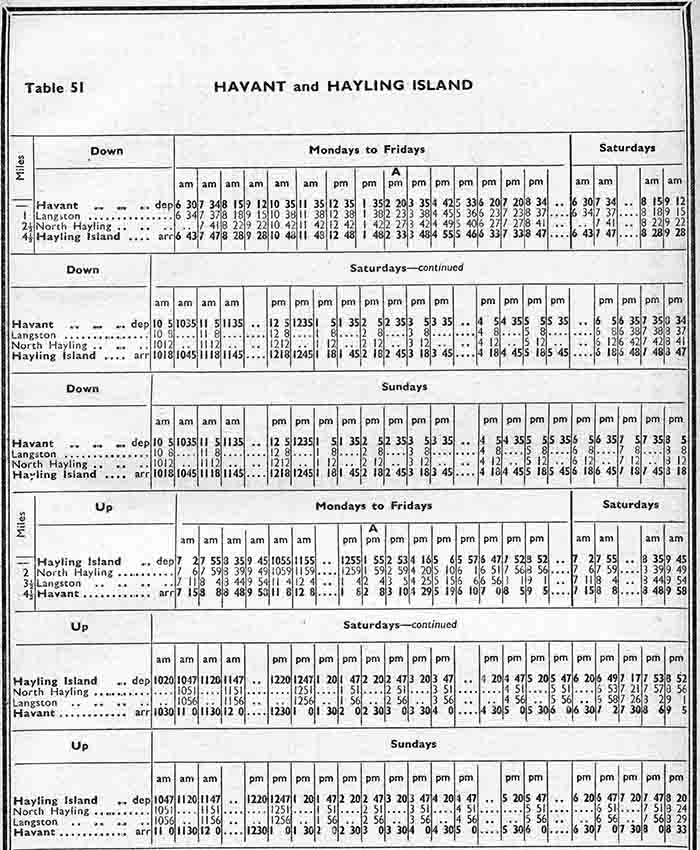
Just south of Langstone Halt were some sidings before the 1100 feet long Langstone bridge was reached. This timber bridge had a 30 foot swinging platform halfway along it to allow the passage of ships between Chichester and Langstone harbours. The light construction of the bridge gave rise to restrictions being placed on the weight of locomotives allowed to use it. The whole line therefore became the regular domain of the ex LBSCR class A1X 0-6-0T Terrier locomotives with a weight of 28 tons.

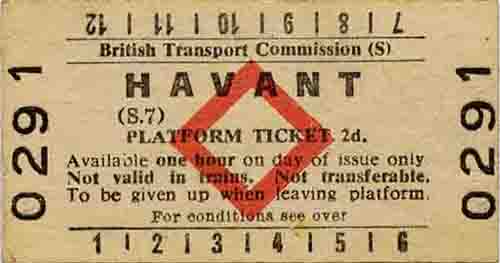
After Langstone bridge the station of North Hayling Halt was next, being approximately 2.5 miles from Havant. This halt consisted of a short wooden sleeper platform and basic waiting shelter for passengers. Approximately 2 miles further southwards the terminus of the line at Hayling Island was reached. This was the most substantial station on the line boasting a ticket office, booking office, waiting rooms, signal box and a goods shed. Additionally the station had a canopy and two platform faces to accommodate the intensive summer services. A number of sidings were also provided allowing wagon storage and access to the goods shed
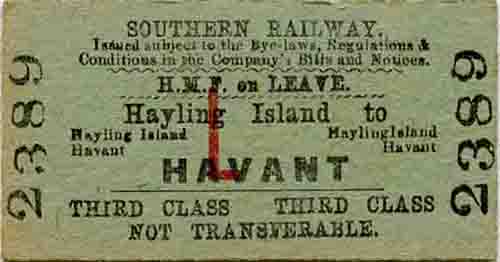
The line did offer goods services conveying coal, building materials, both agricultural and domestic produce. However the main source of revenue was from holiday makers and day trippers. A large holiday camp complex on Hayling Island ensured a steady source of passengers from the early 1950s until the closure of the line. Over the years the train service on the line was given a nickname and was known locally as the Hayling Billy. The last scheduled passenger train was run on 2nd November 1962 operated by locomotive number 32650. A commemorative Hayling Farewell special train run by the LCGB worked the following day, using locomotive numbers 32636 and 32670.
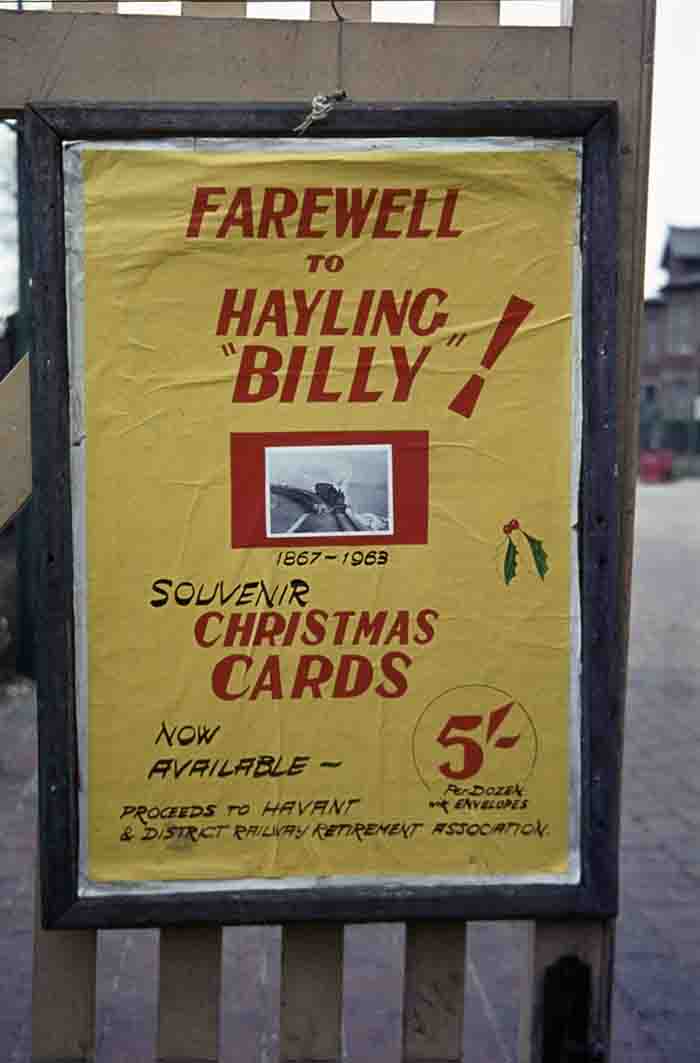
A gallery of photographs taken at the various locations along the line appears below between Havant and Hayling Island.
Section links
